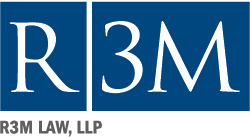Section 363 of the U.S. Bankruptcy Code allows debtors to sell assets and use funds from the sales to settle their debts. The bankruptcy court must approve all sales after hearing from any creditors with objections.
How does the sales process work?
The sales process
Selling assets as part of a Chapter 11 bankruptcy case is a four-step process:
- Debtor markets assets to potential buyers
- Debtor files motion with the bankruptcy court
- Bankruptcy court approves sale of assets
- Assets sold to winning bidder
Benefits of selling assets
Selling assets provides debtors a way to maximize the amount of money received by utilizing a bidding process. Additionally, buyers are more willing to purchase in this format, because it allows them to acquire title free and clear of liens and claims, and protects good faith buyers from reversal of the sale. Secured creditors have the option to place a bid on collateral sold that cancels some or all of the debt owed to the creditor.
Limitations of selling assets
All sellers must conduct sales according to the requirements of the bankruptcy code or the court will not approve the sale. If the court decides a sale was not conducted in good faith, the court may reverse the sale and the debtor will have to conduct the sale again.
Selling assets as part of a Chapter 11 bankruptcy provides companies with an opportunity to settle debts. However, debtors must take care to conduct sales correctly. A bankruptcy attorney may be able to help ensure that all sales comply with the requirements of the bankruptcy code.




